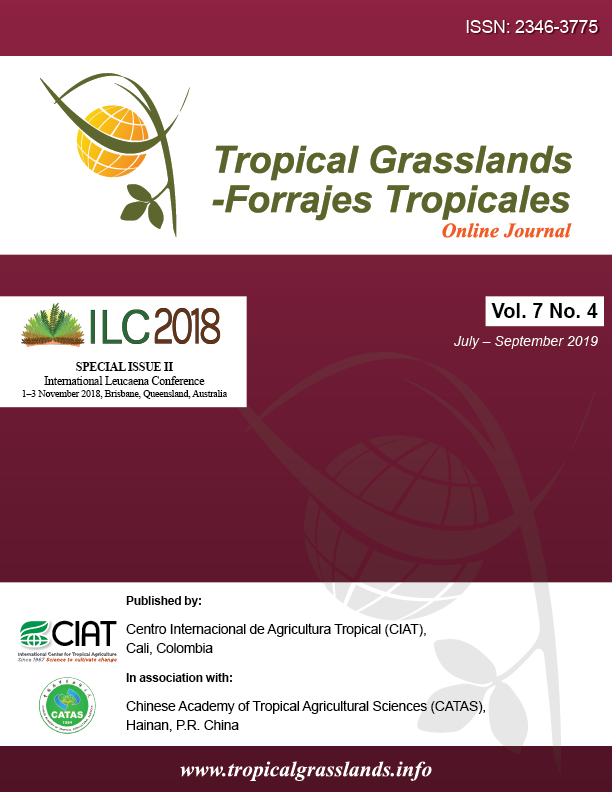Economic analysis of cattle fattening systems based on forage tree legume diets in eastern Indonesia
DOI:
https://doi.org/10.17138/tgft(7)437-444Resumen
Keynote paper presented at the International Leucaena Conference, 1‒3 November 2018, Brisbane, Queensland, Australia.
Research and government agencies in eastern Indonesia have identified 2 systems with potential to increase productivity and incomes of small-holder cattle producers: improved cattle feeding practices through forage tree legumes (FTL); and the development of more efficient and specialized cattle-fattening systems. Extensive research has been conducted on production and technical aspects of FTL-fattening systems, but there is a gap in research on economic incentives for households to adopt the systems. This paper provides an economic analysis of a leucaena-fattening system in a village in West Timor. It draws on trial data from associated technical research projects and detailed semi-structured interviews with farmers and other stakeholders to populate a bio-economic model built for the research. Under all measures of profitability, leucaena-fattening systems in representative households are profitable in the wet season. Importantly, ’returns to person days’ are higher than off-farm incomes. The activity generates cash income, increasingly required to meet cash expenses in modern rural Indonesian society. However, returns vary considerably between households, are considerably lower in the dry season and, as would be expected, are sensitive to relative prices of feeder and finished cattle.




